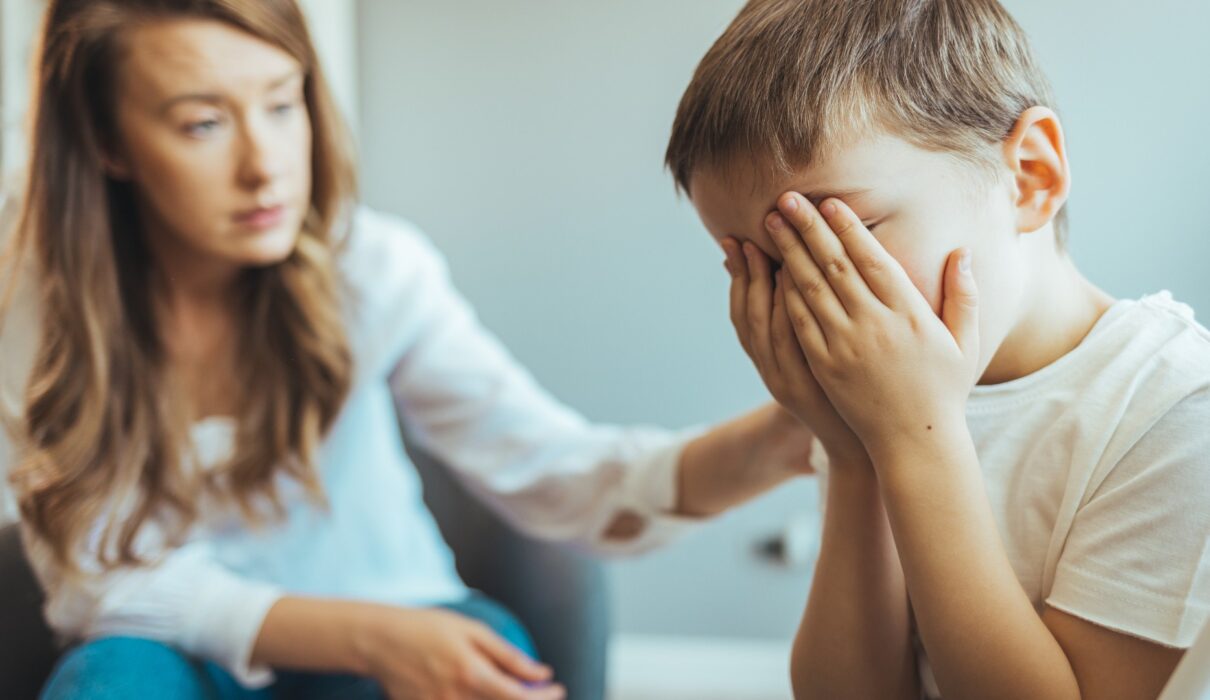Anxiety in children is a growing concern for many parents today. With the pressures of school, social interactions, and extracurricular activities, it’s no surprise that kids can feel overwhelmed. Understanding how to help your child cope with anxiety can make a significant difference in their mental well-being and overall development. This article provides comprehensive insights into recognizing anxiety, addressing its root causes, and offering practical strategies to support your child.
Recognizing Anxiety in Children
Signs and Symptoms
Children express anxiety in various ways, and it can sometimes be challenging to distinguish it from normal childhood behavior. Key signs of anxiety in children include:
- Frequent worries or fears about everyday activities
- Physical symptoms such as headaches, stomachaches, or fatigue
- Difficulty concentrating or staying focused
- Sleep disturbances, including trouble falling asleep or frequent nightmares
- Avoidance of social situations or activities they used to enjoy
- Irritability or unexplained outbursts
Types of Anxiety Disorders
There are several types of anxiety disorders that can affect children, including:
- Generalized Anxiety Disorder (GAD): Excessive worry about various aspects of life.
- Separation Anxiety Disorder: Extreme fear of being away from parents or caregivers.
- Social Anxiety Disorder: Intense fear of social situations and being judged by others.
- Specific Phobias: Irrational fears of specific objects or situations, such as dogs or heights.
Addressing the Root Causes
Environmental Factors
Children’s anxiety can be influenced by their environment. Family dynamics, school pressure, and even societal expectations can play a significant role. Ensuring a stable, supportive, and loving home environment is crucial for mitigating anxiety.
Genetic Predisposition
Anxiety can also have a genetic component. If you or other family members have experienced anxiety, your child may be more prone to it as well. Understanding this can help you approach their anxiety with empathy and patience.
Practical Strategies to Support Your Child
Open Communication
Encourage your child to talk about their feelings. Create a safe space where they feel comfortable sharing their fears and worries. Listen actively and validate their emotions without dismissing them. Phrases like “I understand you’re feeling scared” can go a long way in helping them feel heard.
Teach Relaxation Techniques
Introduce your child to relaxation techniques that can help manage anxiety. Deep breathing exercises, for instance, can be very effective. Teach them to take slow, deep breaths in through their nose and out through their mouth. Visualization, where they imagine a calm and safe place, can also help.
Establish a Routine
Children thrive on routine. Having a predictable schedule can provide a sense of security and control. Ensure they have a balanced routine that includes time for school, play, and relaxation.
Limit Exposure to Stressors
Identify and limit exposure to stressors that may be contributing to your child’s anxiety. This could mean setting boundaries on screen time, ensuring they are not over-scheduled with activities, and monitoring their exposure to distressing news or media.
Encourage Physical Activity
Regular physical activity is a natural anxiety reducer. Encourage your child to engage in sports, dance, or even simple outdoor play. Exercise releases endorphins, which can improve mood and reduce stress.
Professional Help
If your child’s anxiety is severe or persistent, it may be beneficial to seek professional help. A licensed therapist or counselor can provide strategies tailored to your child’s specific needs. Cognitive Behavioral Therapy (CBT) is one of the most effective treatments for anxiety in children. It helps them understand and change thought patterns that contribute to anxiety.
Building Resilience
Promote Problem-Solving Skills
Help your child develop problem-solving skills. Encourage them to come up with solutions to their worries and fears. This empowers them and reduces feelings of helplessness.
Foster Social Connections
Strong social connections are vital for emotional health. Encourage your child to build and maintain friendships. Social support from peers can provide a sense of belonging and reduce feelings of isolation.
Model Healthy Coping Strategies
Children learn a lot by observing their parents. Model healthy coping strategies for dealing with stress and anxiety. Show them how you handle difficult situations with calm and resilience.
Additional Resources
Books and Online Materials
There are many excellent resources available to help parents and children understand and cope with anxiety. Consider these highly trusted sources:
- Books: “The Anxiety and Phobia Workbook” by Edmund Bourne and “Freeing Your Child from Anxiety” by Tamar Chansky provide practical advice and strategies.
- Websites: The American Psychological Association (APA) apa.org and Anxiety and Depression Association of America (ADAA) adaa.org offer valuable information and resources.
Support Groups
Connecting with other parents who are dealing with similar issues can be incredibly helpful. Look for local or online support groups where you can share experiences and advice.
Final Words
Helping your child cope with anxiety involves understanding the signs, addressing the root causes, and implementing practical strategies. By fostering open communication, teaching relaxation techniques, establishing routines, and seeking professional help when necessary, you can support your child in managing their anxiety. Remember, every child is different, and what works for one may not work for another. Patience, empathy, and consistent support are key to helping your child navigate their anxiety and build resilience for the future.

